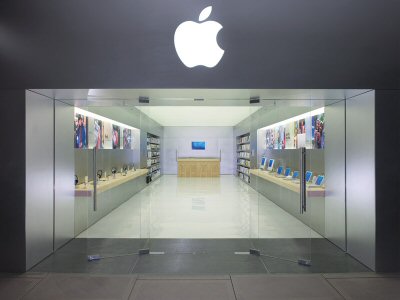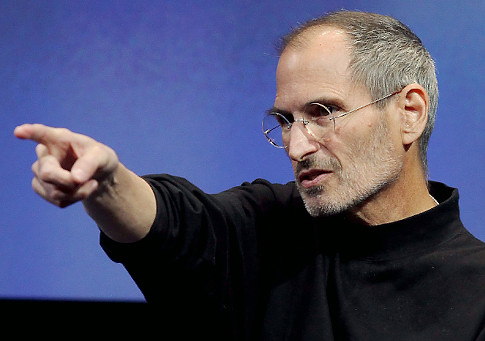Why Steve Jobs Was An Education Innovator
Colin Stokes - Citizen Schools Director of Marketing and Communications
Is your classroom an Apple store? Or a 7-11?
Lots of talk this week about the way Apple’s design thinking changed our culture.
In my work as a marketer for Citizen Schools, I think a lot about how design can transform education.
But I don’t mean graphic design. (At least, not only graphic design.) The kind of design that Apple broke ground on is experience design—shaping the patterns of interaction that influence our emotions and our behavior. (Read more about this, with longer words, here.)
Apple’s brand is strong not because of its logo, or its many memorable ad campaigns. Apple users learned to expect certain patterns when we experienced their products—moving a mouse to control an arrow, hearing a click when we spun the scroll wheel, starting an awesome app when we touched a rounded square.
Even being approached by those cheerful techies at the Apple Store. Don’t you behave a little differently when you enter those gleaming shrines? You know you can touch the machines, but the employees are always just a few feet away, wandering around among the customers. They’ve built structures into the space that make it so much more than a computer store. Visual, yes—and also sensory, environmental, interpersonal.
The real units of brand-building are these patterns of experience. This is only getting truer and truer as mass media fragments, and people relate to organizations more through snippets of content on Facebook than through the commercials they fast-forward through.
Teaching as branding
So we marketers have been learning to do this better—to stop thinking in terms of standardizing words and images, and think more about providing rewarding, structured experiences that build great relationships with people.
But the Steve Jobs approach isn’t just true of marketing. It’s true of any communication designed to change behavior. It’s true of teaching.
Great teachers run their classes like Apple stores, or Starbucks or IKEA or any other great experience brand. They obsess over their classroom space. They cultivate a persona that strikes a balance between authority and kindness. They divide learning time into consistent chunks, marked by rules and rituals. Many—particularly those working with low-income kids where school has, shall we say, low brand equity—even use taglines. (KIPP is known for this practice—but they don’t call it branding; they call it “culture.”)
Students enter these rooms and change their behavior—focusing their attention, drifting into boredom, or dissolving into anarchy—based on the patterns (or lack thereof) that they experience over time.
If more teachers follow Mr. Jobs’ playbook, their students will fall in love with a very important brand: that of learning.
What do you think?



